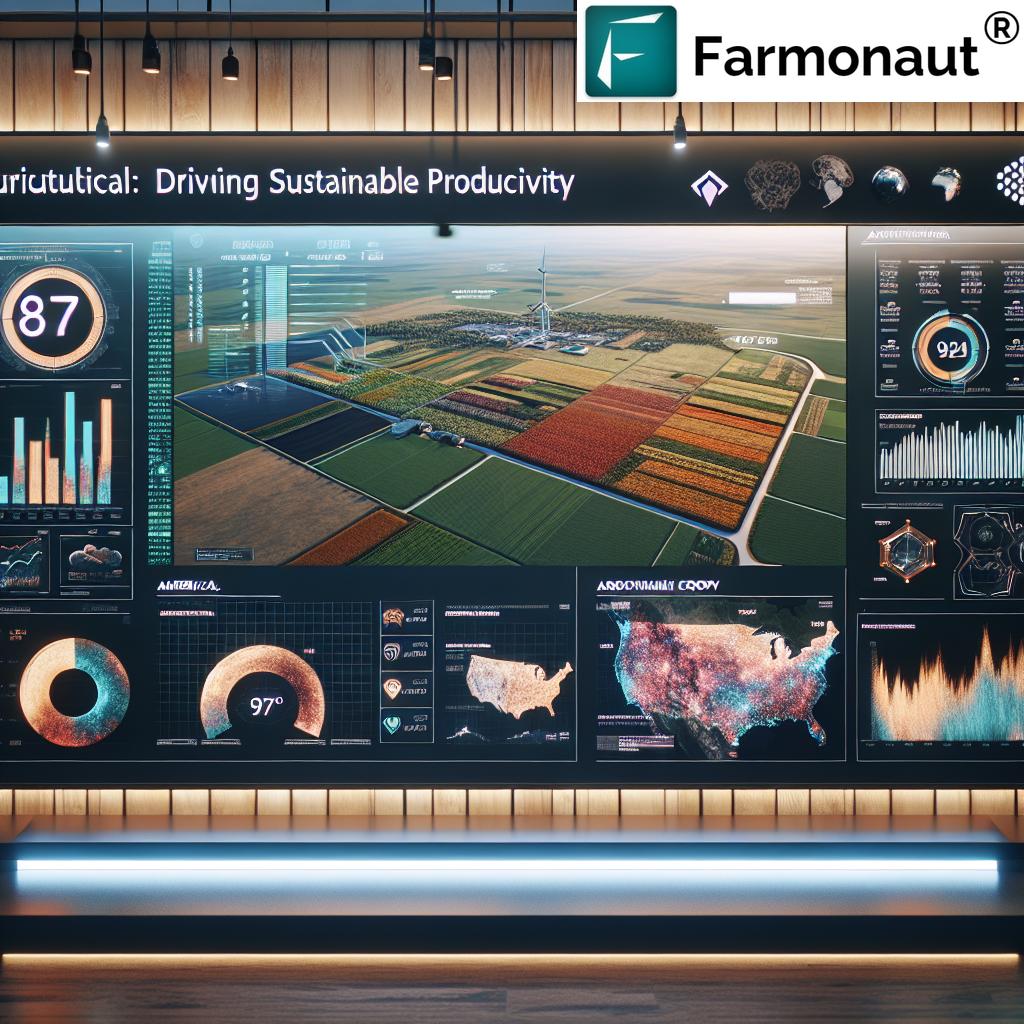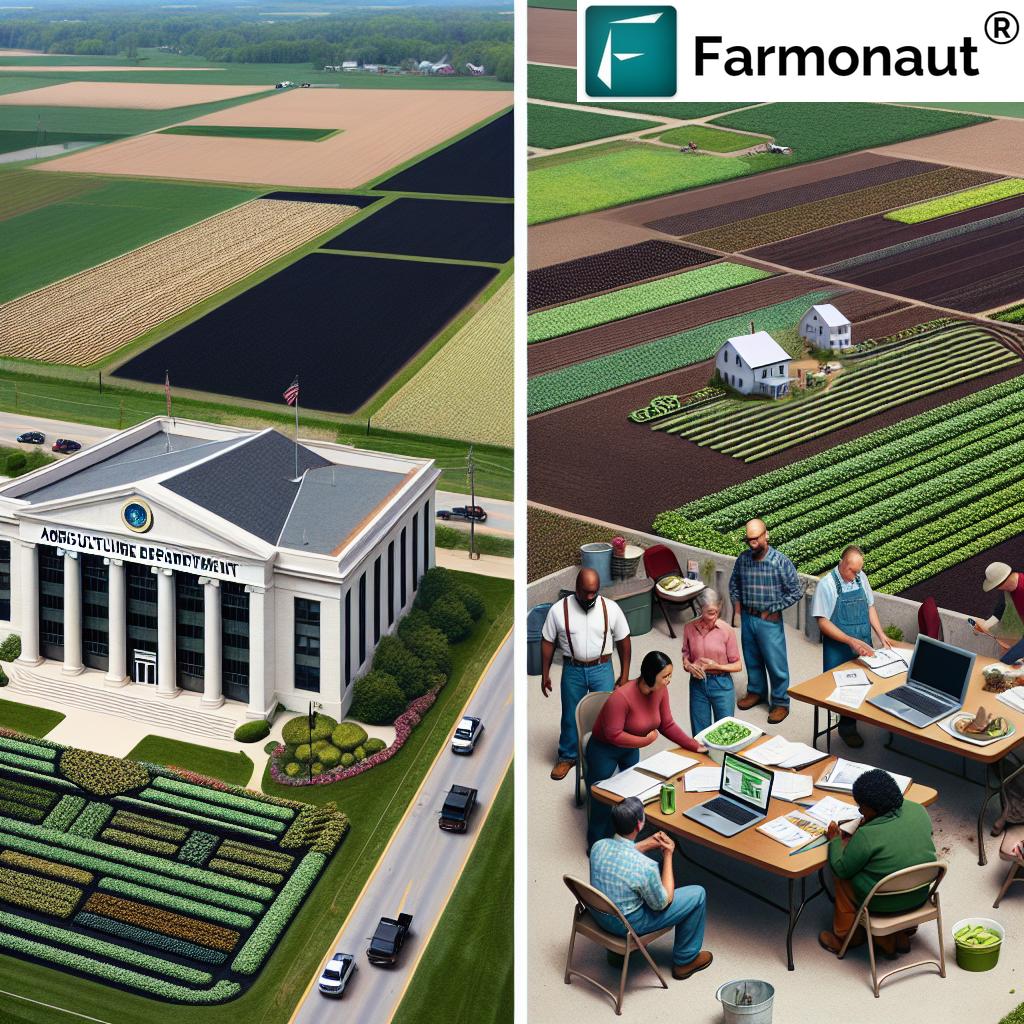Alfalfa Hay Prices Per Ton, Tons/Acre & Food Plots: 2025 Market Outlook, Yields, and Tips for Sustainable Success
2025 Alfalfa Market Outlook and Sustainability Trends
Alfalfa remains the cornerstone crop across the United States and worldwide, thanks to its high nutritional value, yield per acre potential, and versatility as both livestock forage and a key component in sustainable food plots. In 2025, as demand for sustainable agriculture and wildlife management grows, understanding alfalfa hay prices per ton, tons per acre, and the strategic management of alfalfa for food plots becomes essential for farmers, land managers, and conservation-minded stakeholders aiming to optimize returns and ecological benefits.
Driven by global market dynamics, sustainability incentives, fertilizer costs, and environmental conditions, the alfalfa sector is adapting with advanced practices, precision technologies, and integrated decision support tools.
Alfalfa Hay Prices Per Ton in 2025: Key Influences & Regional Ranges
Focus Keyword: Alfalfa Hay Prices Per Ton
The alfalfa hay prices per ton in 2025 continue to reflect fluctuations driven by regional supply-demand dynamics, economic pressures, and heightened awareness of sustainable production. According to recent trends, premium-grade alfalfa in major hay-producing regions like the Western United States and Midwest sits between $200 and $300 per ton. This reflects a relatively high value for top-quality forage, particularly prized by both dairy and beef cattle producers.
Key Factors Influencing Alfalfa Hay Prices Per Ton
- Regional Dynamics: States with denser livestock populations or export-focused agriculture—such as California, Idaho, and Nebraska—experience greater price volatility depending on weather, drought patterns, and seasonal demand spikes.
- Input Costs: High fertilizer costs, seed expenses, irrigation fees, and labor wages drive baseline price increases for alfalfa hay production.
- Energy & Transportation: Fuel and logistical expenses remain significant. Even as energy markets stabilize in 2025, transportation still impacts the final price paid by buyers.
- Climate and Water Conditions: Periodic drought in the West, shifting precipitation in the Midwest, and irrigation management directly affect both yields and market availability.
- Ethical and Sustainable Forage: Consumer demand for ethically raised animal products and sustainable cropping systems boosts interest in alfalfa, which is valued for nutritional density and positive effects on soil health.
Forage buyers—from dairy operations to wildlife managers—must plan carefully, balancing cost and forage quality within their operational strategies. With many regions range-bound at the $200–$300/ton mark, understanding market conditions is essential for farmers and buyers alike.
Why Alfalfa Remains a Prized Forage Crop in 2025
- High Nutritive Value: Capable of delivering 18-20% protein, robust minerals, and digestible fiber, alfalfa hay drives feed efficiency for livestock while also serving as a key component in food plots.
- Demand Resilience: As animal agriculture seeks to meet consumer expectations for sustainability and nutrition, alfalfa‘s market value and price resilience remain strong.
- Versatility: A cornerstone crop for livestock feed, soil improvement, and ecological diversity.
Alfalfa Tons Per Acre: Yield Expectations and Optimization Strategies
Focus Keyword: Alfalfa Tons Per Acre
Alfalfa productivity is typically measured as tons per acre. In well-managed fields and under optimal conditions in 2025, average yields range between 4 and 7 tons per acre per year—often with 3 to 4 cuttings during the growing season. Some elite fields with consistent irrigation, balanced soil, and advanced seed genetics are even hitting 8+ tons per acre annually.
Key Factors Affecting Alfalfa Yield (Tons per Acre)
- Genetics: New seed genetics offer enhanced yield, better pest resistance, and improved nutritional composition for both hay markets and food plot management.
- Soil Fertility & pH: Consistently balanced soils (pH 6.5–7.5) with optimal levels of potassium, phosphorus, and micronutrients are essential for maximal yields.
- Irrigation: Consistent moisture during peak growth phases can push yields over 7 tons per acre in some regions. Dryland fields typically yield 3–4 tons per acre.
- Cutting Regimen: 3 to 5 harvests per year, timed around bud or early-bloom stage, help maximize both quantity and quality.
Additionally, alfalfa‘s deep-rooting nature and use in crop rotations help improve soil health—reducing fertilizer needs for subsequent crops, mitigating erosion, and supporting beneficial soil biology.
Comparing Alfalfa Hay Prices, Yields, and Ecological Benefits by Region (2025)
Regional differences in alfalfa hay prices per ton, average yield per acre, and ecological benefits are crucial for farmers, land managers, and ecosystem planners. In 2025, informed decisions about crop management and food plot planning require careful evaluation of both economic viability and environmental impact.
| Region | Estimated Alfalfa Hay Price per Ton (USD) | Avg. Yield per Acre (Tons) | Typical Cost of Production per Acre (USD) | Suggested Food Plot Seeding Rate (lbs/acre) | Key Wildlife Supported | Main Soil/Environmental Benefits |
|---|---|---|---|---|---|---|
| Midwest (e.g., Iowa, Wisconsin) | $200–$250 | 4–6 | $400–$700 | 12–18 | Deer, turkey, pheasants | Nitrogen fixation, erosion control, soil structure improvement |
| West (e.g., California, Idaho) | $230–$300 | 5–8 | $550–$900 | 15–20 | Elk, mule deer, upland birds | Soil water retention, salinity tolerance improvement |
| Northeast (e.g., New York, Pennsylvania) | $210–$260 | 4–6 | $500–$800 | 10–16 | Whitetail deer, wild turkey | Biodiversity boost, nitrogen cycling |
| South (e.g., Texas, Oklahoma) | $220–$265 | 3–5 | $450–$760 | 12–18 | Quail, white-tailed deer | Organic matter addition, drought resilience |
Using Alfalfa for Food Plots: Boosting Wildlife Nutrition and Soil Health
Focus Keyword: Alfalfa for Food Plots
Alfalfa for food plots is growing rapidly in popularity across North America due to its ability to support wildlife nutrition, particularly for deer, turkey, and game species. In 2025, integrating alfalfa into food plot management strategies serves both conservation and hunting goals—facilitating sustainable forage supply during critical late-season windows.
Benefits of Alfalfa in Wildlife Food Plots
- High-Protein Nutrition: Alfalfa delivers critical protein (up to 20%) and digestible fiber, vital for antler growth, lactation, and general wildlife health.
- Extended Forage Season: Alfalfa remains productive into late fall, supporting game species even when natural vegetation wanes.
- Soil Health Improvement: Alfalfa’s deep roots break hardpans, enhance microbial activity, and promote long-term soil structure improvement.
- Ecosystem Support: By attracting wildlife to dedicated plots, alfalfa reduces browsing pressure on native species, allowing overall biodiversity to thrive.
Best Practices for Establishing Alfalfa Food Plots
- Site Selection: Choose well-drained areas with neutral pH; avoid compacted, low-lying, or highly acidic soils.
- Soil Testing: Conduct comprehensive soil tests to determine lime and fertilizer needs for balanced nutrition and optimal establishment.
- Seeding Rate: For food plots, use 12–20 pounds/acre depending on local conditions and plot goals.
- Species Mix: Enhance wildlife nutrition by combining alfalfa with clovers, chicory, and native forbs.
- Weed Control: Initiate proactive weed management early—either by chemical application or clean tillage—before alfalfa seedlings emerge.
- Management: Avoid mowing during peak wildlife use and monitor for pests such as aphids, using integrated strategies for sustainable control.
Alfalfa for food plots is most effective when implemented as part of a diversified planting program, ensuring availability of all essential nutrients and supporting the overall health of both wildlife and the ecosystem.
Farmonaut Technology for Precision Alfalfa Management
As we move into 2025 and beyond, sustainable agriculture and efficient resource management are more essential than ever. We at Farmonaut support farmers and land managers worldwide in optimizing their alfalfa crop and food plot yields through our advanced satellite-based solutions and AI-driven advisory systems.
-
Satellite Crop Monitoring:
Track alfalfa field health, irrigation status, and soil conditions via real-time multispectral imagery. This enables strategic decisions—such as scheduling cuttings or identifying stress—in both hay markets and food plots. -
AI-Based Advisory (Jeevn):
Leverage satellite-driven insights and weather forecasts to maximize alfalfa yield and sustainability—tailored to your land, climate, and management style. -
Blockchain Traceability:
Ensure transparency in forage production and supply chain, reducing fraud and fostering market trust. Explore product traceability for alfalfa and related commodities. -
Resource & Fleet Management:
Optimize machinery use and field logistics across large-scale hay or wildlife operations. Learn about fleet management for streamlined fieldwork and input deliveries. -
Environmental Impact Tracking:
Measure carbon footprint and sustainability metrics using Farmonaut. Our carbon footprinting tools help maintain compliance and document eco-friendly alfalfa production. -
Agro-Admin for Large Scale Farms:
Manage multiple fields and plots for maximum yield and resource efficiency via our large scale farm management system.
API Access for Custom Integration
Integrate our satellite insights and AI-driven tools into your own management platforms.
Visit our Farmonaut Satellite Weather & Crop Monitoring API and Developer Docs for more information.
Farmonaut Subscription Plans
Get affordable, scalable satellite insights for alfalfa field monitoring, yield tracking, environmental sustainability, and more. Choose your plan below and maximize your returns:
Sustainable Alfalfa Practices for 2025 and Beyond
A truly sustainable alfalfa management program extends beyond economic yield or feed value. In 2025, successful operations:
- Minimize Fertilizer Use: Leverage alfalfa’s natural nitrogen fixation to reduce reliance on synthetic N fertilizers for both hay production and food plots.
- Monitor Environmental Impact: Use satellite-driven tools (like Farmonaut) to track carbon footprint and demonstrate regenerative agriculture principles. See Farmonaut Carbon Footprinting for details.
- Promote Biodiversity: Integrate alfalfa into rotational food plots to diversify the sward, improve soil microbiology, and support beneficial insect and animal species.
- Practice Water Conservation: Utilize precision irrigation technologies to maximize water efficiency, especially critical in the western states and drought-impacted regions.
Alfalfa’s deep-rooting traits and perennial ground cover reduce soil erosion and improve resilience to weather extremes—key attributes for sustainable agriculture in a changing climate.
Conclusion: Optimizing Alfalfa for Economic and Ecological Return
In 2025 and beyond, alfalfa remains a critical component of sustainable agriculture and wildlife management across the United States and globally. Understanding alfalfa hay prices per ton, optimizing tons per acre, and strategically utilizing alfalfa for food plots enables farmers, managers, and conservationists to improve economic returns and ecological benefits alike.
Alfalfa’s high nutritional value, structural impact on soil health, and flexibility as both forage crop and wildlife support species make it indispensable. As market prices reflect ongoing climate, input, and consumer trends, technological advances in seed genetics, fertilization practices, and digital crop monitoring (including Farmonaut’s satellite solutions) will guide the pursuit of sustainability, profitability, and regenerative ecosystem health.
Whether optimizing yields in the Midwest, planning drought-resilient plots in the West, or enhancing deer nutrition in the Northeast and South, alfalfa remains at the center of future-focused agriculture and wildlife stewardship.
FAQ: Alfalfa Hay Prices Per Ton, Yields, and Food Plots
- What is the average alfalfa hay price per ton in 2025?
-
In 2025, premium-grade alfalfa hay prices per ton in the Western United States and Midwest range from $200–$300/ton, depending on region, forage quality, and supply-demand dynamics.
- How many tons per acre can well-managed alfalfa yield annually?
-
Average yields typically range from 4–7 tons per acre per year in well-managed fields, with top fields under optimal conditions achieving 8+ tons per acre with 3–5 cuttings.
- Is alfalfa suitable for wildlife food plots, and what wildlife species benefit?
-
Yes—alfalfa for food plots supports deer, turkey, quail, elk, and other game species. Its high-protein forage and extended growing season make it especially valuable in sustainable wildlife management.
- What are key soil and environmental benefits of including alfalfa in a rotational system?
-
Alfalfa increases soil nitrogen, reduces erosion, improves soil structure, and strengthens crop resilience. Its deep roots enable better water retention and nutrient cycling.
- How can Farmonaut technology help optimize alfalfa production and management?
-
We at Farmonaut offer satellite crop monitoring, AI-based advisory (Jeevn), traceability, and resource management to help users maximize yield, efficiency, and sustainability for alfalfa hay production and food plot management. Try our app for real-time insight.
- What is the recommended seeding rate for alfalfa food plots?
-
For most alfalfa food plots, the target seeding rate is 12–20 pounds per acre, adjusted by soil fertility, local rainfall, and plot composition.
- Which regions in the United States experience the highest alfalfa hay prices and yields?
-
The West (notably California and Idaho) often tops both price and yield charts due to irrigation and longer growing seasons.
The Midwest and Northeast also show strong performance in well-managed fields. - What environmental compliance or tracking tools are recommended for sustainable alfalfa operations?
-
We recommend using Farmonaut Carbon Footprinting to measure, report, and manage sustainability and emissions in your alfalfa production or food plot management.
Ready to optimize your alfalfa yields or food plots?
Get Started with Farmonaut













